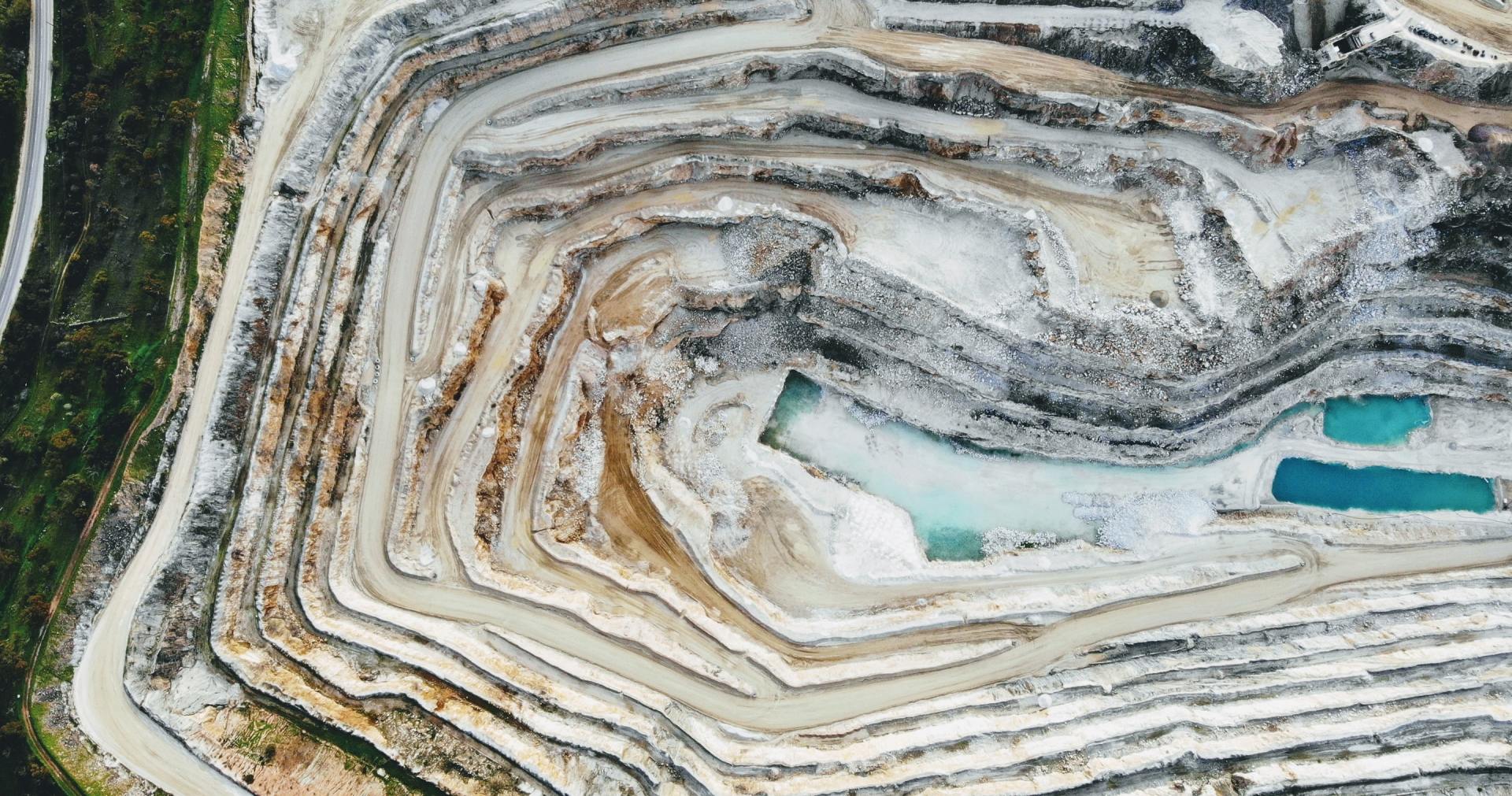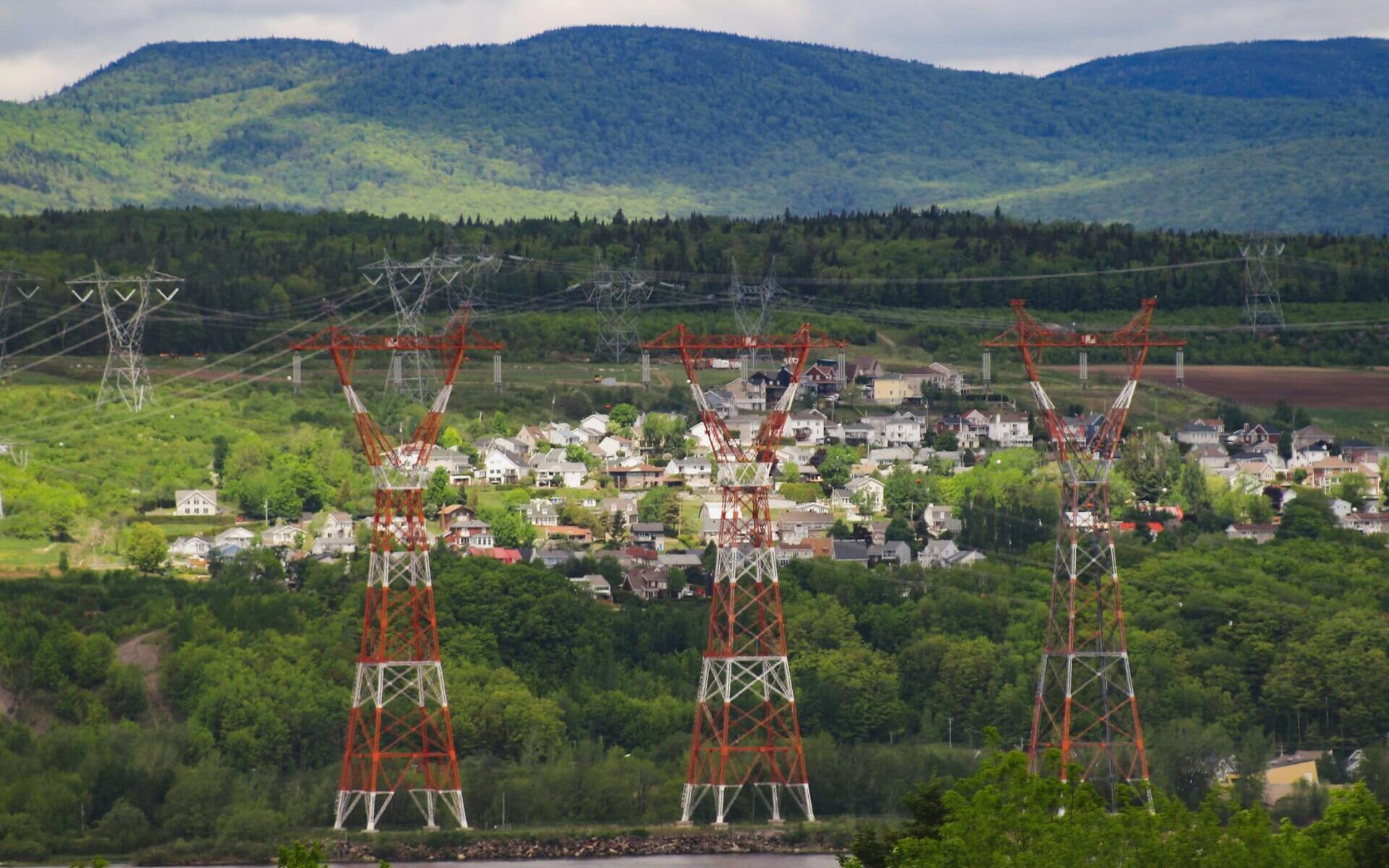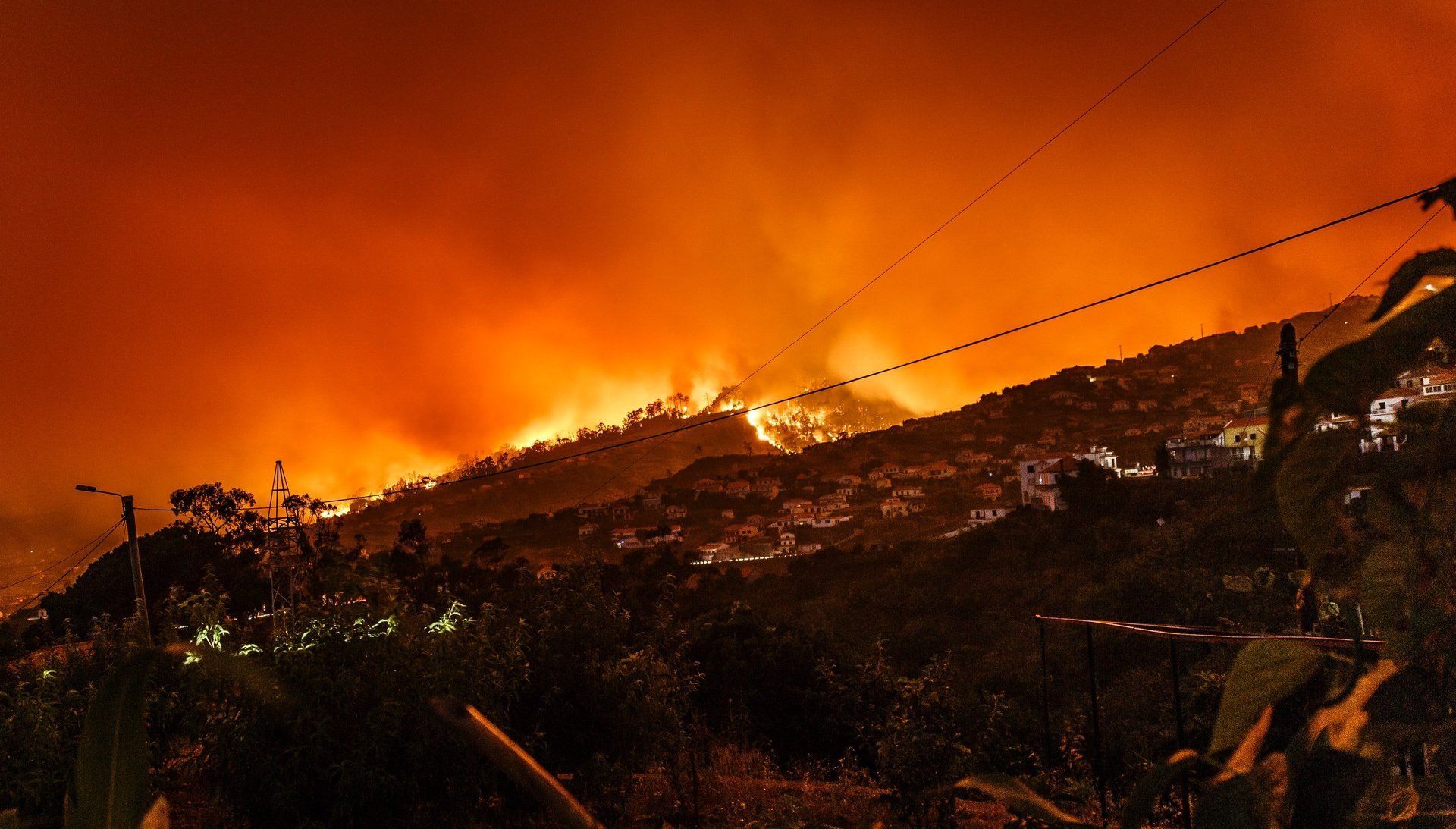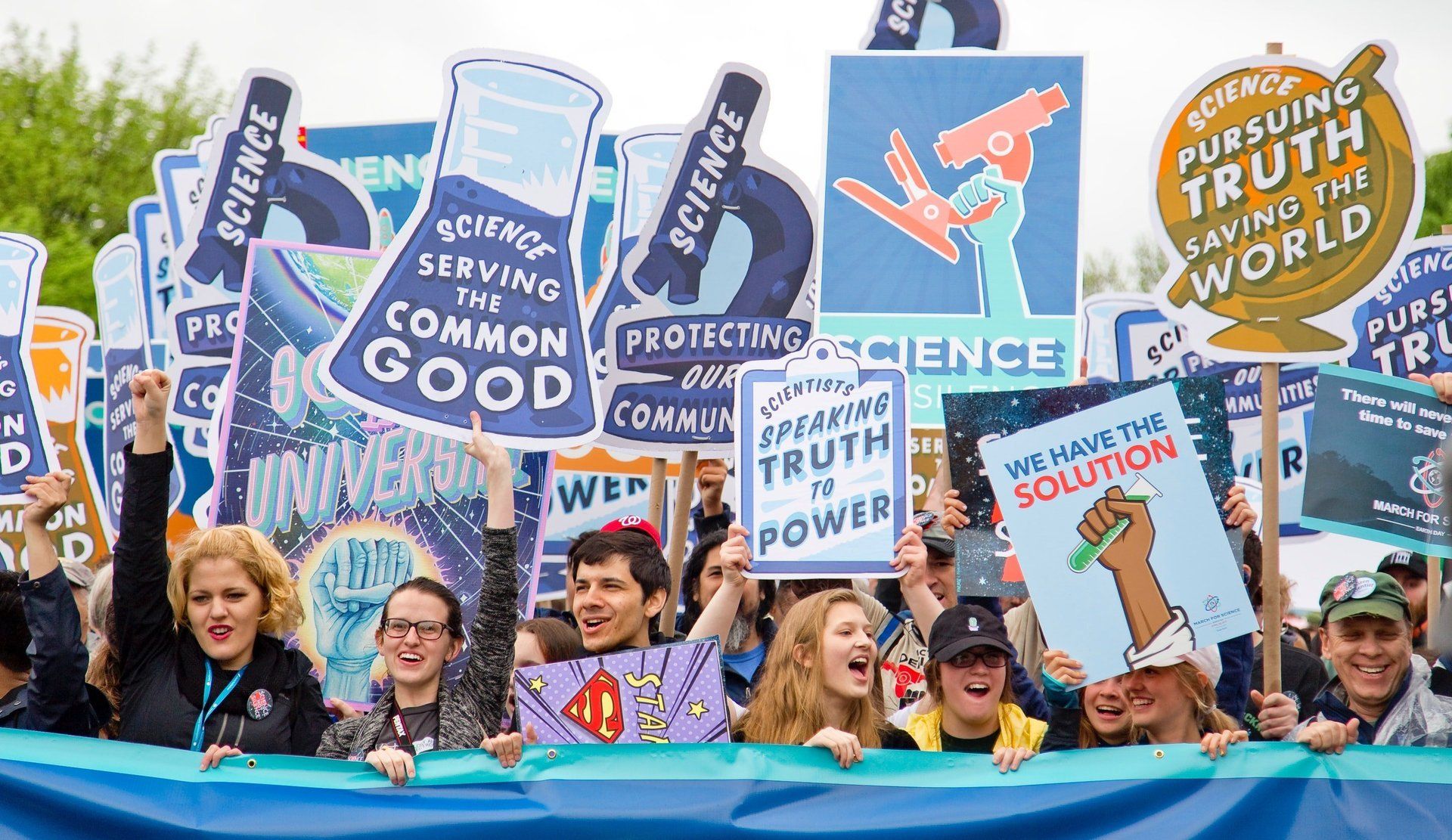EcoPerspectives Blog
Spaceflight and the Environment: NASA’s NEPA Process
By Hunter Sutherland, Editor-in-Chief for the Vermont Journal of Environmental Law
August 3, 2020
Every mission, even exploration of other planets, starts with protecting our home, planet Earth .
What is NEPA?
Congress enacted the National Environmental Policy Act (NEPA) in 1970 to set the environmental policy for the United States. Major actions by federal agencies that significantly affect the quality of the human and natural environment triggers the procedural process of NEPA.
There are three main initiatives to achieve NEPA’s objective of protecting and enhancing the human environment: (1) to integrate environmental considerations into the planning of Agency actions as early as possible; (2) to ensure the environment, technical, and economic considerations are weighed during decision making and before any actions are taken; and (3) to ensure the decision maker and the public are aware of environmental consequences of proposed Agency actions and that informed decisions are made.
Each federal agency has their own specialized NEPA process, but each follows the same general principles. Typically, the NEPA process identifies issues that need to be addressed, determines alternatives that would correct the issues, studies any potential environmental issues, complies with environmental regulations, and involves the public throughout the process. If the action may have significant environmental impacts, then an Environmental Impact Statement (EIS) will be prepared. If no significant impacts are anticipated or if certain actions have already been determined to not have a significant impact on the human environment, then the action may be Categorically Excluded (CE or CatEx) from the detailed EIS analysis. The use of a CatEx is meant to reduce paperwork, improve efficiency, and eliminate delays in the start and completion of proposed actions with no significant impact. If it is unclear if the anticipated impacts will be significant, an Environmental Assessment (EA) will be prepared. If the EA demonstrates a significant environmental impact, an EIS will need to be prepared, but if no substantial effects are found, the agency will release a Finding of No Significant Impact (FONSI). Preparing an EIR begins with a Notice of Intent (NOI) that provides basic information on the proposed action and possible alternatives. The NOI should identify and invite the participation of interested persons. The next step is to prepare a Draft EIS and to give the public the opportunity to review and comment on the document. Once the agency weighs and incorporates public comments, a Final EIS is produced and a Record of Decision (ROD) is released.
NASA and NEPA
The National Aeronautics and Space Administration (NASA) NEPA Program is managed by their Environmental Management Division and implemented by three federal agencies. NASA’s Senior Environmental Official (SEO) oversees the integration of NEPA into the Agency’s planning and decision making process. Integration of the NEPA process with NASA projects ensures that : (1) NASA’s commitment to sustainability and environmental stewardship are supported; (2) the public is appropriately engaged in the decision-making process; and (3) procedural risks and delays are minimized. The appropriate level of NEPA review depends on the scope of the Agency’s action and the context and intensity of reasonably foreseeable environmental impacts. NASA would not take an action that would have an adverse environmental impact or limit the choice of reasonable alternatives.
NASA’s Categorical Exclusions
There are several categories of actions that NASA would not need conduct a full NEPA analysis, unless extraordinary circumstances arise. For example, if an action threatens known national natural landmarks, or cultural or historic resources , that would be an extraordinary circumstance that may preclude the use of a CatEx. Specifically, administrative activities, operations and management activities, research and development activities, real and personal property activities, and aircraft and airfield activities are all categorically excluded from the full NEPA process.
NASA’s Environmental Assessments
An Environmental Assessment (EA) will be prepared when an action does not fall under a CatEx and would not likely result in more significant impacts, requiring an EIS. Actions requiring the development of an EA range from on-site construction projects to missions that would return extraterrestrial samples from asteroids, comets, planets, dwarf planets or planetary moons, that have no indigenous life forms.
NASA’s Environmental Impact Statements
An Environmental Impact Statement (EIS) will be prepared when actions might significantly impact the quality of the human environment and when an EA shows that significant impacts may occur which would not be reduced by changes to the proposed action. Actions requiring the development of an EIS range from the development of spaceflight program which uses a nuclear reactor or radioisotope power system to sample return missions where the material collected may contain potential indigenous life forms.
*Hunter Sutherland is currently a 2L at Vermont Law School and is the Editor-in-Chief of Vermont Journal of Environmental Law Vol. 22. Author of The Stakes are Out of This World: How to Fix the Space Act of 2015 , forthcoming 2021. Hunter chose to attend Vermont Law School for their top tier environmental program but has found a great interest in topics ranging from Space Law to Legal Innovation. Prior to law school, Hunter attended SUNY Oswego and received a bachelor’s degree in Cognitive Science.
The post Spaceflight and the Environment: NASA’s NEPA Process appeared first on Vermont Journal of Environmental Law.










